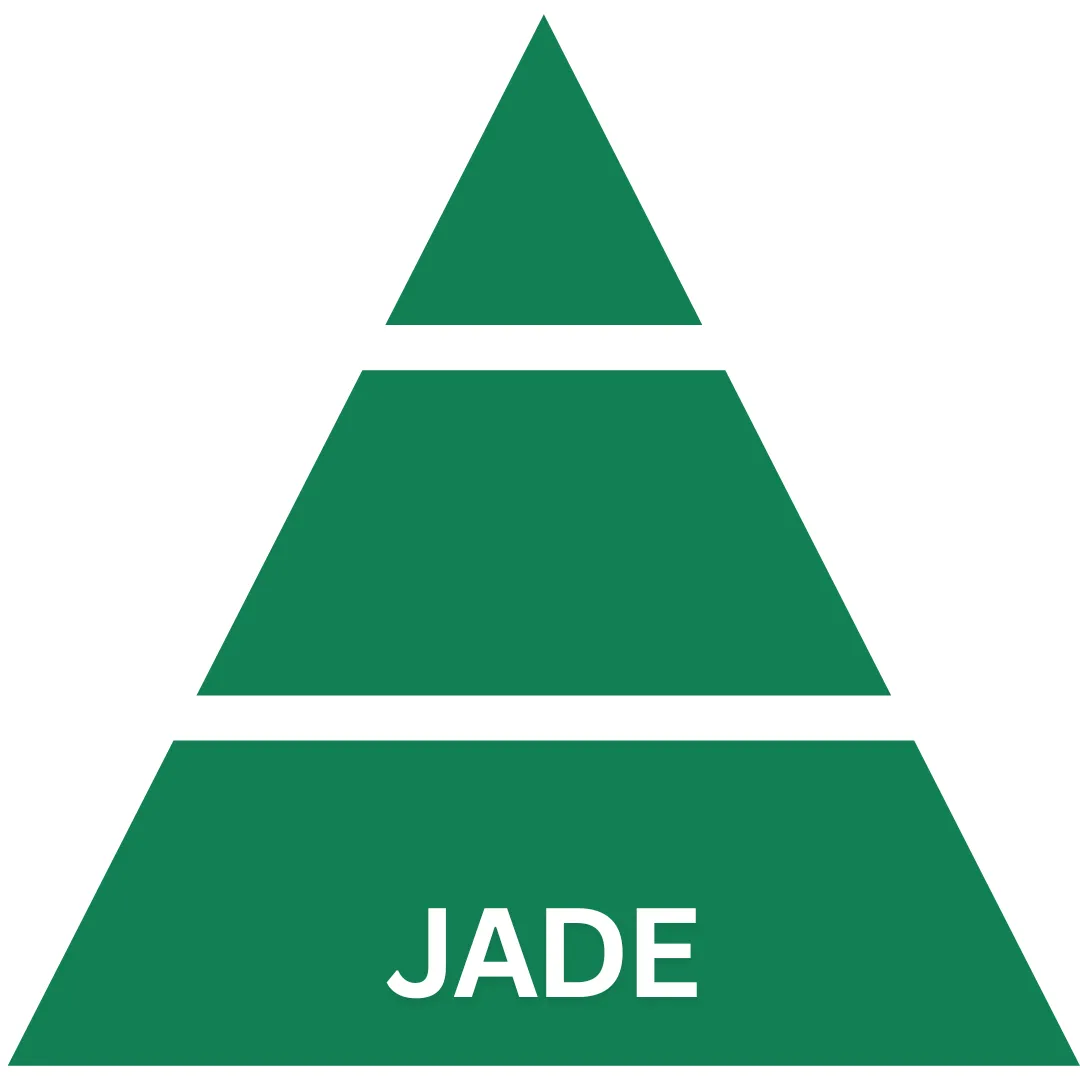
One Powerful Way to Make Your Business Irresistible to Your Customers Over Your Competitors
When you ask a business owner why customers should choose them, the answers often sound alarmingly similar: “We offer the highest quality, the best service, the fastest delivery, and the lowest prices.” While these statements hold some truth, they rarely grab attention.
In a marketplace saturated with competing products and services, standing out requires more than just listing generic benefits. There is a need to establish a unique position that resonates deeply with your target audience.
The Challenge
In today’s hyper-competitive market, maintaining a long-term competitive edge based solely on your offerings or pricing strategies is nearly impossible. Customers are bombarded with similar messages, making it easy to overlook your business. When everyone claims to be the best, how can you ensure your message cuts through the noise?
The unfortunate truth is that if you can’t give your prospects clear and compelling reasons to choose your business, you risk becoming just another “me-too” company in their eyes. And since your customers are the ones with the money, that’s the only perspective that truly matters. The challenge lies in differentiating your business in a way that captures attention and inspires loyalty.
The Solution: Create a Unique Differentiating Factor
To rise above the competition, you need a clear, compelling differentiating factor—something that sets you apart in a meaningful way. Consider FedEx’s iconic promise: “When it absolutely, positively has to get there overnight.” This tagline doesn’t just state a service; it establishes FedEx as the go-to choice for urgent deliveries. Customers understand exactly what they can expect, making the decision to choose FedEx easy and intuitive.
The key to crafting your unique differentiator is to think beyond the standard offerings of your industry. You want to create a narrative that positions your business not just as a viable option, but as the only logical choice for your customers.
3 Criteria of a Unique Differentiator
1. It must be true
2. It must be relevant / wanted / needed
3. It must be measurable
Action Steps to Develop Your Unique Differentiator
1. Analyze Your Competitors: Start by examining your competition closely. Identify what they claim as their strengths. What unique selling propositions do they promote? Look for patterns and common claims to see where they overlap. This analysis will help you pinpoint gaps in the market—areas where you can carve out your unique space.
2. Understand Your Audience: Next, it’s crucial to dive deep into the mindset of your target audience. Conduct polls, surveys, or one-on-one interviews to uncover what prospects truly value. What are their pain points? What are their frustrations with existing options? Understanding their needs will provide valuable insights that can guide your differentiating strategy.
3. Identify Your Unique Strengths: Reflect on what your business does exceptionally well. This could be a specific feature of your product, an innovative service model, or an unparalleled customer experience. Consider your company’s history, culture, and mission—what makes you proud? Identifying these unique attributes will form the backbone of your differentiating factor.
4. Craft Your Message: Once you’ve pinpointed your unique strengths, it’s time to develop a clear, concise message that encapsulates your differentiator. Aim for something memorable and easy to communicate. Think about how you can share complex ideas into simple, impactful statements that resonate clearly with your audience.
5. Test Your Message: Share your differentiating factor with a few prospects or existing customers. Gather feedback on how well your message resonates. Are people intrigued? Do they find it compelling? Use this feedback to refine your messaging, ensuring it speaks directly to the needs and desires of your target audience.
6. Integrate into Marketing: Ensure your unique factor is front and center in all your marketing materials—websites, brochures, social media posts, and sales pitches. Your message should be consistent across all platforms, reinforcing the narrative you’ve crafted. Don’t just state your differentiator; illustrate it with case studies, testimonials, and real-life examples that showcase how you deliver on your promise.
7. Consistently Deliver: Finally, once you establish your unique differentiator, it’s essential to consistently deliver on that promise. Your reputation hinges on your ability to fulfill what you claim. Monitor customer feedback and be prepared to adapt as necessary to ensure that your offerings remain aligned with your differentiating message.
Real-World Examples
To better illustrate the power of a unique differentiator, let’s look at a few successful companies:
- Apple: Apple doesn’t just sell electronics; it sells a lifestyle. Their differentiating factor lies in their design aesthetic, user experience, and brand loyalty. They’ve positioned themselves as a premium brand that offers innovation and style, which commands a devoted customer base.
- Tesla: Tesla’s differentiation lies in its vision for sustainable energy and innovation. By positioning itself as not just a car manufacturer, but a leader in renewable energy, Tesla appeals to environmentally conscious consumers who want to be part of a larger movement.
To Sum Up
Creating a clear and compelling reason for customers to choose your business is essential for standing out in a crowded marketplace. By developing a unique differentiating factor and articulating it effectively, you can position your business as the go-to choice in your industry. Follow these actionable steps to redefine your business’s identity, engage your audience, and watch your customer base grow. In today’s competitive market, it’s not just about what you offer; it’s about how you make your customers feel and the unique value you bring to their lives.
Contact us today to schedule a curiosity call and take intentional steps towards boosting your bottom line profits by accelerating your top line sales.

